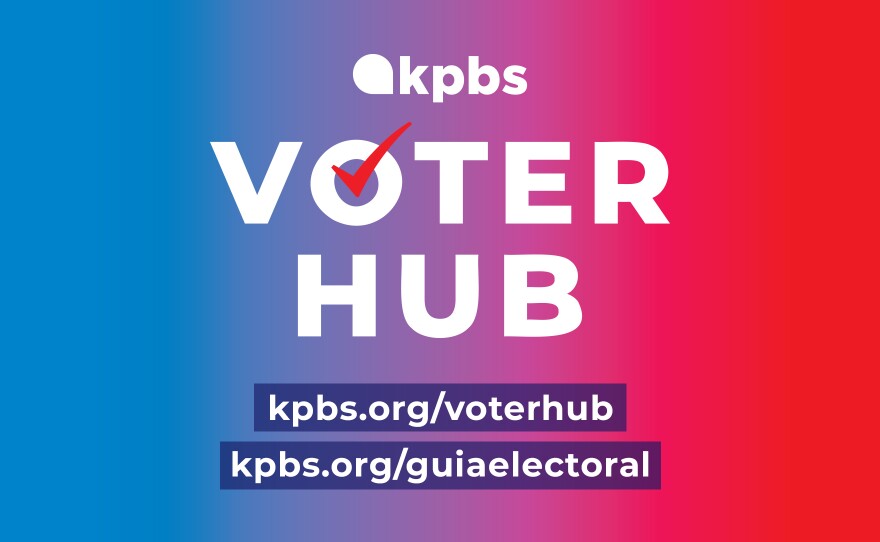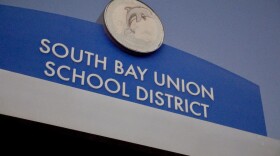Nearly 600,000 ballots are on their way to registered voters in the 4th Supervisorial District, City of Chula Vista, Fallbrook Public Utility District and Rainbow Municipal Water District for the Nov. 7 special election, the county registrar's office announced today.
Voters should receive their ballots this week, along with an "I Voted" sticker inside the official ballot packet.
Only the voters who live in each of those districts can vote in their respective elections.
Voters were advised to visit sdvote.com to check if they are eligible for the following elections:
- The special runoff election for the Fourth Supervisorial District will fill Nathan Fletcher's vacant seat for the remainder of the current term ending in January 2027;
- The special election for the City of Chula Vista will fill the vacant seat for city attorney for the remainder of the current term ending in December 2026 following the 2022 election of the deceased Simon Silva; and
- Voters who live in the Fallbrook Public Utility District and Rainbow Municipal Water District will vote on a ballot measure to detach from the San Diego County Water Authority — a vote which could be rendered moot by machinations in Sacramento.
Early voting began Monday at the Registrar of Voters office in Kearny Mesa. Hours run from 8 a.m. to 5 p.m. Monday through Friday.
According to the registrar's office, voters can cast ballots from home through the mail — no postage needed — or to any of the its official ballot drop boxes in the specific districts starting Tuesday through the final day of voting Tuesday, Nov. 7.
More options to vote in person start Oct. 28. Voters can use any vote center around the county. Select vote centers will be open daily from 8 a.m. to 5 p.m. until the final day of voting, Tuesday, Nov. 7, when all vote centers will be open from 7 a.m. to 8 p.m.
Voters can find an official ballot drop box or vote center near them inside the voter information pamphlet, or looking it up online at sdvote.com.







